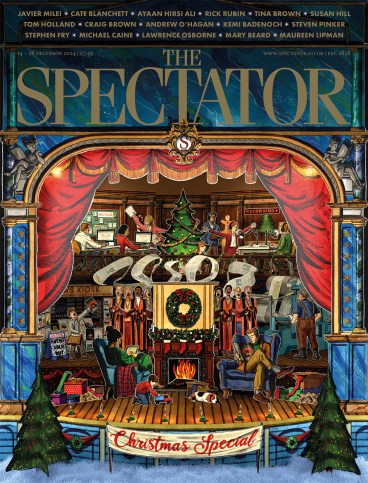
There is something otherworldly about Rory McEwen’s paintings of plants, leaves and fruit. They are indisputably beautiful, often breathtakingly so, but they are almost eerie in their self-possession. They are like planets vibrating to the music of the spheres – quivering with arrested energy. These images are super-real (rather than surreal) but they sometimes have a surreal edge that can be disturbing.
‘I paint flowers as a way of getting as close as possible to what I perceive as the truth’
Although best known for painting these botanical watercolours on vellum, Mc-Ewen (1932–82) was a man of many parts: an extraordinarily talented figure, a poet and broadcaster, a folk and blues musician as well as, for many, the greatest botanical painter of the past hundred years. His friend Grey Gowrie wrote: ‘You would need to combine the talents of Proust and John Buchan to describe him.’
McEwen was fourth in a family of seven children, born at Marchmont in the Scottish Borders. He painted flowers from the age of eight, instructed by a French governess. Wilfrid Blunt, author of a seminal history of botanical illustration, taught him at Eton and showed him the great flower painters of the past. McEwen’s great-great-grandfather on his mother’s side was John Lindley, the distinguished botanist, gardener and orchidologist. To this culturally rich heritage he brought his own enquiring mind. Much later he wrote: ‘I paint flowers as a way of getting as close as possible to what I perceive as the truth, my truth of the time in which I live.’
There have been regular exhibitions of McEwen’s botanical works. The last one I saw was at Kew Gardens a decade ago, which I reviewed in these pages.

Magazine articles are subscriber-only. Keep reading for just £1 a month
SUBSCRIBE TODAY- Free delivery of the magazine
- Unlimited website and app access
- Subscriber-only newsletters








Comments
Join the debate for just $5 for 3 months
Be part of the conversation with other Spectator readers by getting your first three months for $5.
UNLOCK ACCESS Just $5 for 3 monthsAlready a subscriber? Log in